Unlocking Homeownership in Retirement
Guide for Financial Advisors on Reverse Mortgages for Purchase

As a financial advisor, your clients look to you for strategies that preserve their wealth while allowing them to achieve their lifestyle goals in retirement. One often-overlooked tool that can provide financial flexibility is a Reverse Mortgage for Purchase (H4P). This strategy allows clients in or near retirement age to increase their buying power to buy their retirement dream home while eliminating required monthly mortgage payments.
Why Consider a Reverse Mortgage for Purchase?
Many retirees want to relocate, downsize, or move closer to family but hesitate to do so because of the financial strain of purchasing a new home. Traditionally, they have two primary options:
- Pay cash – This depletes a significant portion of their liquid assets, potentially disrupting long-term financial plans.
- Take out a conventional mortgage – This requires monthly payments, which may not be ideal for those on a fixed income.
A Reverse Mortgage for Purchase offers a third, more flexible solution, to sell their existing home and use a portion of the sale proceeds as the down payment.
- Eliminates the need for monthly mortgage payments the remaining balance from the
- Home sale will supplement retirement.
- Provides financial stability by allowing clients to keep their assets growing instead of spending them on housing
How It Works
A Reverse Mortgage for Purchase allows eligible buyers (age 62+ or 55+ in some areas) to finance part of their home’s purchase price using a reverse mortgage, reducing the amount of cash required upfront. Clients bring a down payment—typically between 45-50% of the home’s purchase price—while the reverse mortgage covers the remaining balance.
Since this is a non-recourse loan, clients or their heirs will never owe more than the home’s value, even if property values decline.
When Does a Reverse Mortgage for Purchase Make Sense?
Financial advisors should consider this option for clients who:
- Want to rightsize their home – A reverse mortgage for purchase allows clients to move to a home that better fits their lifestyle without taking on new mortgage payments.
- Have significant equity but want to maintain liquidity – Clients can use home equity instead of selling assets or tapping into retirement accounts.
- Have an existing low-interest-rate mortgage – In today’s high-interest-rate environment, taking out a new traditional mortgage could mean significantly higher payments. Using home equity to fund a new purchase avoids this burden.
- Want to supplement cash flow – By eliminating monthly mortgage payments, client’s free up funds for other retirement expenses, travel, or healthcare costs.
Loan Specifics & Eligibility
- Available to those 62 and over (55+ in some areas)
- No required monthly mortgage payments (borrower must maintain property taxes, insurance, and upkeep)
- Flexible credit and income requirements – More accessible than conventional financing
- Eligible properties include single-family homes, condos, and 1-4 unit residences
- Closing costs can be financed into the mortgage
A Smart Strategy for Financial Stability
A Reverse Mortgage for Purchase isn’t just about buying a home—it’s about creating financial security in retirement. As an advisor, you can help clients see how this tool can improve cash flow, reduce tax burdens, and preserve investment portfolios for future growth.
If you’re advising clients on retirement housing options, consider discussing how a Reverse Mortgage for Purchase could be a key part of their financial plan. Let’s explore how this strategy can work for your clients!
CASE Study:
In 2005, my life took an unexpected turn when my wife received a devastating diagnosis of a terminal illness. Given a prognosis of 4-5 years, I made the decision to become her full-time caregiver. At that time, I held the position of President and CEO at a National Investment Company with headquarters in Omaha, NE. I oversaw a dedicated team of 800+ Financial Advisors across the country.
In 2006, realizing the importance of focusing entirely on my wife’s well-being, I made the choice to retire. We relocated to beautiful San Diego, where we could embrace the wonderful weather and find solace in a new environment.
In 2009, I made the decision to purchase a beautiful home in the Aviara section of Carlsbad. Instead of paying cash, the mortgage company introduced me to an innovative financial product known “Reverse for Purchase”. After careful consideration and analyzing the numbers, it became clear that making a 45% down payment would allow me to forego mortgage payments for as long as I resided in the home. This strategy allowed me to keep the remaining 55% of the funds actively working for me in the market, while solely being responsible for Real Estate Taxes and Homeowners insurance.
I have lived in here since the fall of 2009 and have never made a house payment, the home has appreciated greater than the sum of the accrued interest.
Respectfully,
Ted Lange CFP
Could This Strategy Benefit Your Clients? Let’s Find Out!
Do any of your clients fit this scenario? Retirement in Reverse would be happy to provide a customized, hypothetical scenario to help you assess if this strategy could be a valuable solution. Let’s explore how we can make it work for your clients!
Who would have ever thought you could use a reverse mortgage for this?
Today’s reverse mortgage is no longer the loan of last resort. It’s a flexible financial tool that can be used strategically for:
- Charitable giving
- Buy-sell agreements
- Paying for long-term care or in-home support
- Funding a business venture
- Helping Grandkids Fund College Expense
- Gift down payment to your Kids
- Any many more….
It’s all about what the money costs. It’s just math.
Retirement In Reverse offers
Objective, Competent Advice to help you make informative decisions for your clients.
Furthermore, we have
No Conflict of Interest, as we do not sell Financial Product, nor enter into financial planning engagements. We share your commitment to your clients’ financial stability and quality of life.



